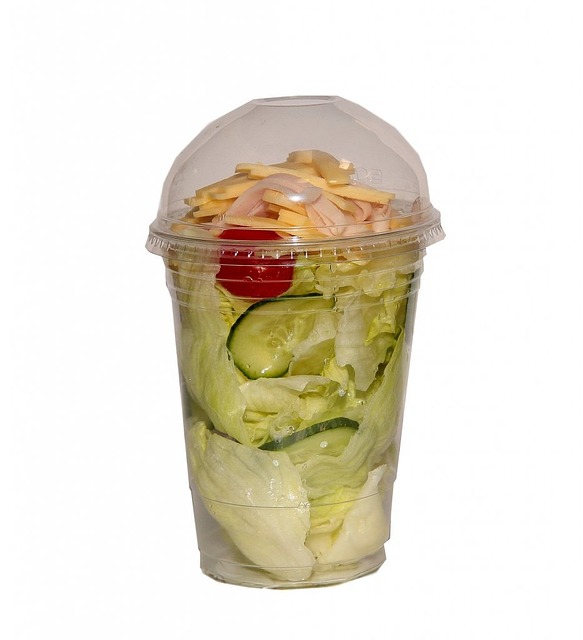Bisphenol A (BPA) is a synthetic chemical substance, which in combination with other substances are used to manufacture transparent and rigid plastics to make water dispensers, food storage containers, reusable beverage bottles, and epoxy resins to make protective coatings for food and beverage cans. BPA is also used in thermal paper, inks, textiles, paints, adhesives, electronic devices, building materials such as flooring, toys, CD’s, car body coatings, medical devices and dental sealants (1) (2).
BPA harms the health of people who are exposed to food and beverage packaged in reusable plastics. In addition, BPA is specifically found in canned foods, which was identified as the most important source of exposure for all age groups. With regard to epoxy resins, also used to line drinking water pipes, BPA may migrate into drinking water. Exposure may also occur from a wide range of other routes, such as dental sealants, medical devices and from contact with consumer products made from polycarbonate plastic (3).
To contend with this problem, experts from the European Food Safety Authority (EFSA) have established the tolerable daily intake (TDI) of 0.2 nanograms (0.2 billionths of a gram) per kilogram of body weight daily; the previous level was 4 micrograms per kilogram of body weight daily. They also conducted a European human biomonitoring initiative between 2014 and 2020 with adults from across 11 countries, measuring BPA levels in urine, blood and hair to understand what chemicals are in the human body, at what levels and how they might affect health (2).
Research outcomes revealed that in average 92% of the sample population showed BPA levels in urine. In the 11 countries that participated in the biomonitoring initiative, the level of exceedance varied between 71% and 100%. France, Luxembourg and Portugal showed levels of 100%, followed by Poland with 99%, Iceland and Czechia with 98%, Croatia with 96%, Finland with 90%, Denmark with 86%, Germany with 83%, and the country showing the lower levels was Switzerland with 71% (3).
This is the reason a number of regulatory measures were put in place at the European Union level, from 2011 to 2020, to protect people from harmful exposure to bisphenols and to limit exposure (3):
2011 Ban in plastic infant feeding bottles.
2016 Harmonised classification of BPA as a reproductive toxicant cat.1B. This classification imposed a number of restrictions for use in chemical mixtures intended for consumers.
2018 Restriction on the amount of BPA (0.04 mg/l) allowed to be used in toys for children under three years of age, and in any toy intended to be placed in a child´s mouth.
2018 Ban in plastic bottles and coated packaging containing food for babies and children under three years of age.
2018 Reduction of migration limit of BPA in plastic food contact materials (FCMs) to 0.05 mg/kg food and application to coated FCMs.
2020 Restriction for use in thermal (printing) paper under Registration, Evaluation, Authorisation and Restriction of Chemicals (REACH).
References
- Public exposure to widely used Bisphenol A exceeds acceptable health safety levels [Internet]. 2023 [cited 27 September 2023]. Available at: https://www.eea.europa.eu/en/newsroom/news/public-exposure-to-bisphenol-a
- Bisfenol A | EFSA [Internet]. 2023 [cited 25 September 2023]. Available at: https://www.efsa.europa.eu/es/topics/topic/bisphenol
- Human exposure to Bisphenol A in Europe — European Environment Agency [Internet]. [cited 24 September 2023]. Available at: https://www.eea.europa.eu/publications/peoples-exposure-to-bisphenol-a/

Mónica Miriam García Cuéllar
Master’s degree in Public Health and Health Promotion
OSMAN Scientific Editor



